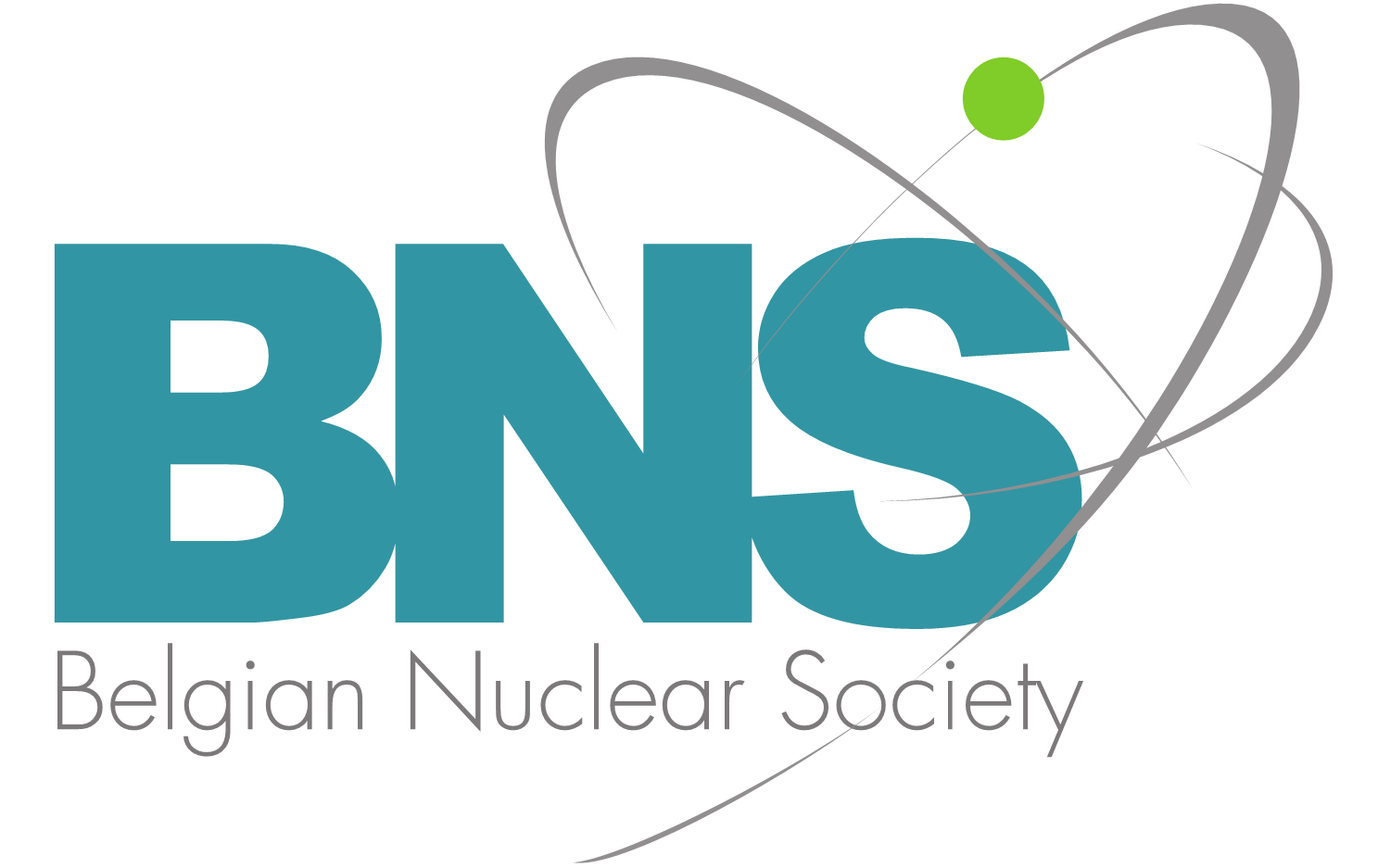Evening Lecture – MYRRHA: Design evolution of the reactor
SCK•CEN is at the forefront of Heavy Liquid Metal (HLM) nuclear technology worldwide with the development of the MYRRHA accelerator driven system (ADS). MYRRHA is serving since the FP5 EURATOM framework as the backbone of the P&T strategy of the European Commission based on the “4 building Blocks at Engineering level” and fostering the R&D activities in EU related to the ADS and the associated HLM technology developments.
At the same time MYRRHA is conceived as a flexible fast-spectrum pool-type research irradiation facility cooled by Lead Bismuth Eutectic (LBE), and was identified by SNETP (http://www.snetp.eu/) as the European Technology Pilot Plant for the Lead-cooled Fast Reactor. MYRRHA is proposed to the international community of nuclear energy and nuclear physics as a pan-European large research infrastructure to serve as a multipurpose fast spectrum irradiation facility for various fields of research such as: transmutation of High Level Waste (HLW), material and fuel research for Gen-IV reactors, material for fusion energy, innovative radioisotopes development and production and for fundamental physics. As such MYRRHA is since 2010 on the high priority list of the ESFRI roadmap (https://www.esfri.eu/roadmap-2016).
Since 1998, SCK•CEN is developing the MYRRHA project as an accelerator driven system based on the lead-bismuth eutectic as a coolant of the reactor and a material for its spallation target. The nominal design power of the MYRRHA reactor is 100 MWth. It is driven in sub-critical mode (keff = 0.95) by a high power proton accelerator based on LINAC technology delivering a proton beam in Continuous Wave (CW) mode of 600 MeV proton energy and 4 mA intensity. The choice of LINAC technology is dictated by the unprecedented reliability level required by the ADS application. In the MYRRHA requirements the proton beam delivery should be guaranteed with a number of beam trips, lasting more than 3 seconds, limited to maximum 10 for a period of 3 months corresponding to the operating cycle of the MYRRHA facility. Since 2015, SCK•CEN and Belgium government decided to implement the MYRRHA facility in three phases to minimize the technical risks associated to the needed accelerator reliability.
On September 7, 2018, the Belgian federal government decided to build this large research infrastructure. In this lecture, we will summarize 20 years of Ideas turned in Design in 20 minutes and 20 years of R&D in another 20 minutes.
Speaker
-
Hamid Aït AbderrahimDeputy Director General International Relations at SCK•CEN
Prof. Dr. Hamid Aït Abderrahim is the Deputy Director General International Relations of SCK•CEN, the Belgian nuclear research centre. He is also professor of reactor physics and nuclear engineering at the “Université Catholique de Louvain” (UCL) at the mechanical engineering department of the “Ecole Polytechnique de Louvain (EPL)”.
His fields of specialisation are Reactor Physics, Reactor Dosimetry, Nuclear Fuel Cycle, Partitioning and transmutation of high level nuclear waste and Nuclear Reactor Technology.
Since 1998 he is the director of the MYRRHA project: an accelerator driven system coupling a sub-critical Pb-Bi cooled reactor and a high power proton accelerator through a spallation target.
He is partner and/or coordinator of various projects of the European Commission framework programme related to advanced nuclear systems or to partitioning and transmutation of high level nuclear waste management since the FP5 programme. He chaired the Strategic Research Agenda (SRA) working group of the European Sustainable Nuclear Energy Technology Platform (SNETP, http://www.snetp.eu) from September 2007 to December 2011. Since 2015 he is the chairman of the Governing Board of SNETP. Furthermore he is member of various Scientific Committees
He is author of more than 100 scientific publications in peer review journals and international conferences. He directed many PhD and masters theses in the various fields of nuclear technology.
In April 2014, he was awarded the honorary title of “Grand Officer in the Crown Order” by the King of Belgium for his contributions in progressing science and knowledge in the field of nuclear engineering of innovative systems for High Level Waste management.
On February 15, 2016 he received the title of Doctor Honoris Causa to the Kaunas University of Technology for his personal achievements and long term collaboration with Kaunas University, especially with the Baršauskas Ultrasound Research Institute.
